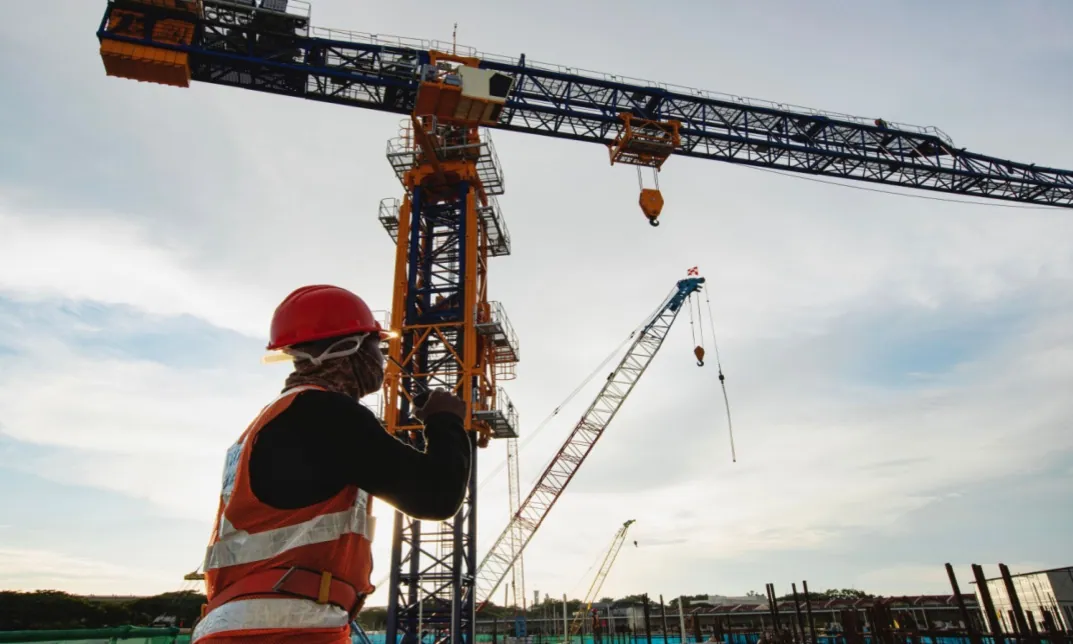No products in the cart.
Have you ever wondered what a banksman is and what they do? If you’re involved in the construction, manufacturing, or logistics industries, you may have come across this term before. But for those who are new to these fields, the concept of a banksmanit may seem foreign. In this blog, we’ll explore the world of banksmen and their role, responsibilities, and importance in ensuring workplace safety.
What is a Banksman?
A banksman is a trained professional responsible for directing the movement of vehicles and heavy machinery in and around a site. Their primary goal is to ensure the safe and efficient flow of traffic and protect workers and other personnel from potential hazards. Therefore, banksmen play a crucial role in various industries, including construction, manufacturing, and logistics, where the movement of heavy vehicles and machinery is a common occurrence.

The Importance of a Banksman
The role of a banksman is important in preventing accidents and ensuring workplace safety. According to the UK’s Health and Safety Executive, over a quarter of vehicle deaths at work are due to reversing vehicles. This statistic highlights the need for an expert to direct vehicle movements and prevent such accidents from occurring. So, by having a professional on-site, employers can reduce the risk of accidents and create a safer working environment for their employees.
Key Responsibilities of a Banksman
A banksman’s duties and responsibilities are varied, but their primary focus is on directing vehicle movements and ensuring workplace safety. Some of their key responsibilities include:
- Guiding vehicle operators and drivers in manoeuvring construction vehicles safely
- Ensuring all control measures have been implemented and adhered to, such as speed limits and pedestrian areas
- Performing dynamic risk assessments on site before work commences
- Providing clear and concise instructions to drivers and operators
- Identifying potential hazards and taking steps to mitigate them
- Managing traffic flow and directing vehicles to the appropriate loading or unloading areas
The Difference Between a Signaler, Traffic Marshal, and Banksman
You may have come across terms like signaler, traffic marshal, and banksman, and wondered what the difference is between them. While they all have similar roles, there are some subtle differences. A signaler is responsible for assisting in lifting and lowering operations, while a traffic marshal is responsible for directing traffic flows. A banksman, on the other hand, is responsible for directing vehicle movements and ensuring workplace safety.
How to Become a Banksman
To become a banksman, one typically needs on-the-job training and certification in traffic control and safety. Employers may also require a valid driver’s license and forklift certification. Additionally, a banksman should have good communication and organisational skills, as well as knowledge of traffic regulations and safety procedures.
The Benefits of Having a Banksman on Site
Having a banksman on site can bring numerous benefits to employers and employees alike. Some of these benefits include:
- Improved workplace safety
- Reduced risk of accidents
- Increased efficiency in vehicle movements
- Improved communication between drivers and operators
- Compliance with health and safety regulations
Conclusion
A banksman plays a vital role in ensuring workplace safety and directing vehicle movements in various industries. Their responsibilities are varied, but their primary focus is on preventing accidents and creating a safer working environment. So, by understanding the role of a banksman and their importance in workplace safety, employers can take steps to their role and importance in workplace safety, employers can reduce the risk of accidents and create a safer working environment for their employees.





